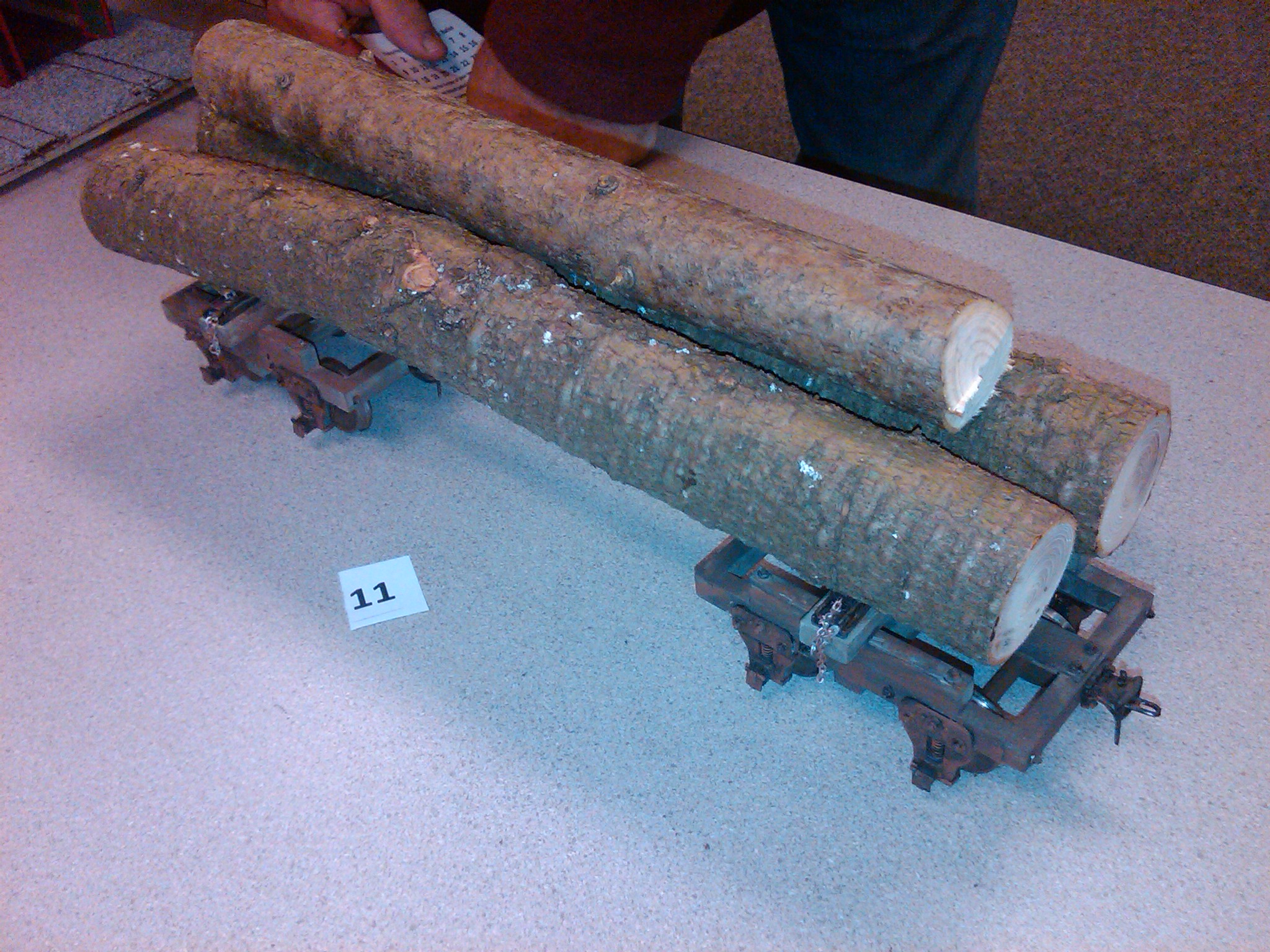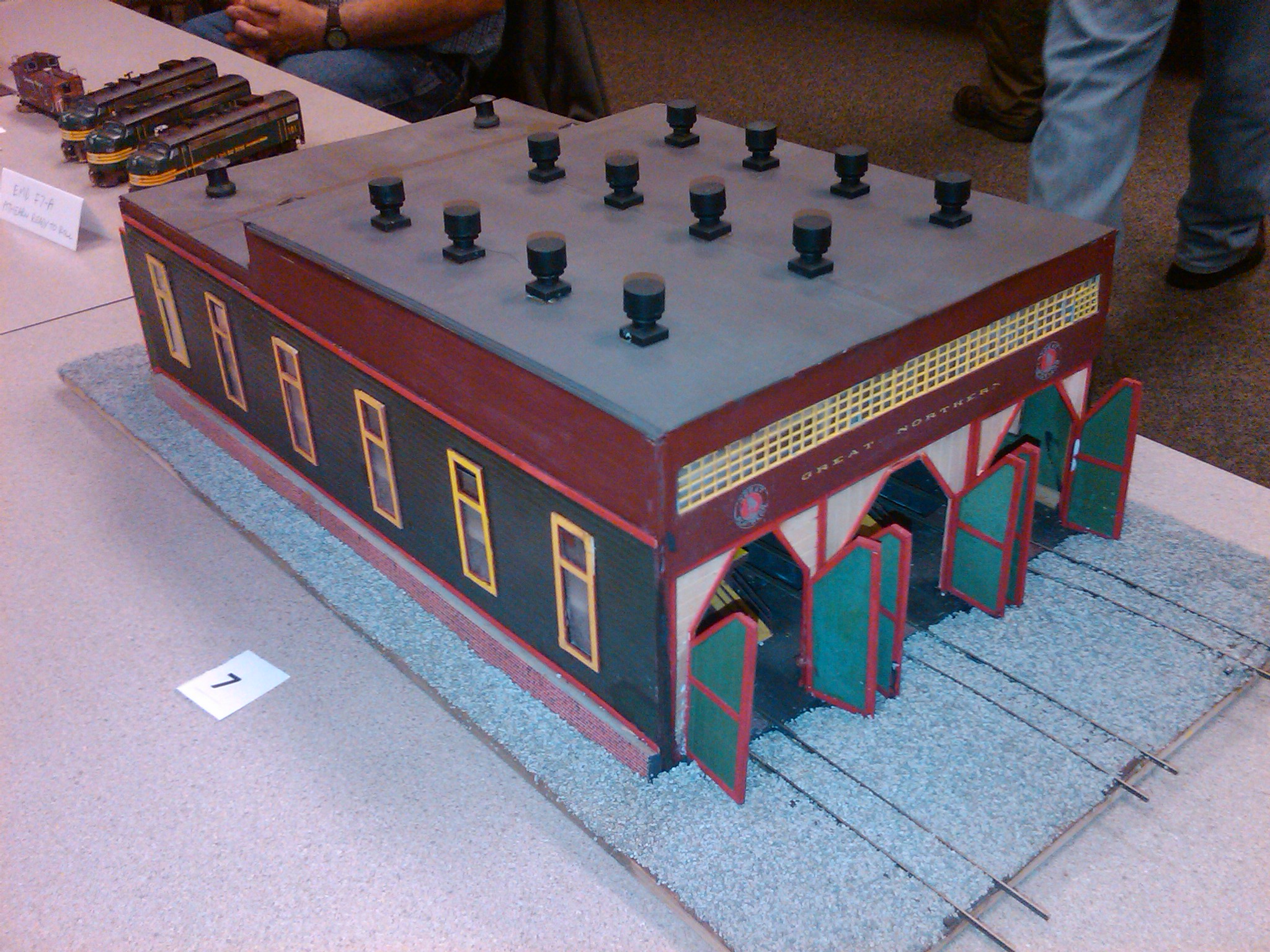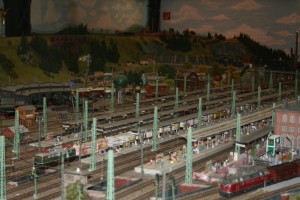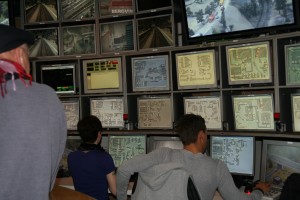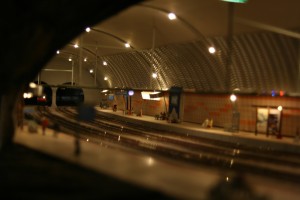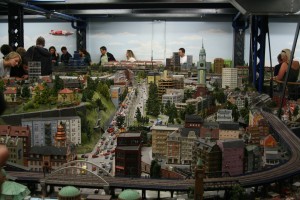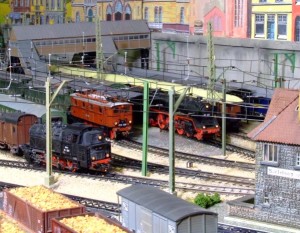By Al Babinsky, Photos by Al Babinsky
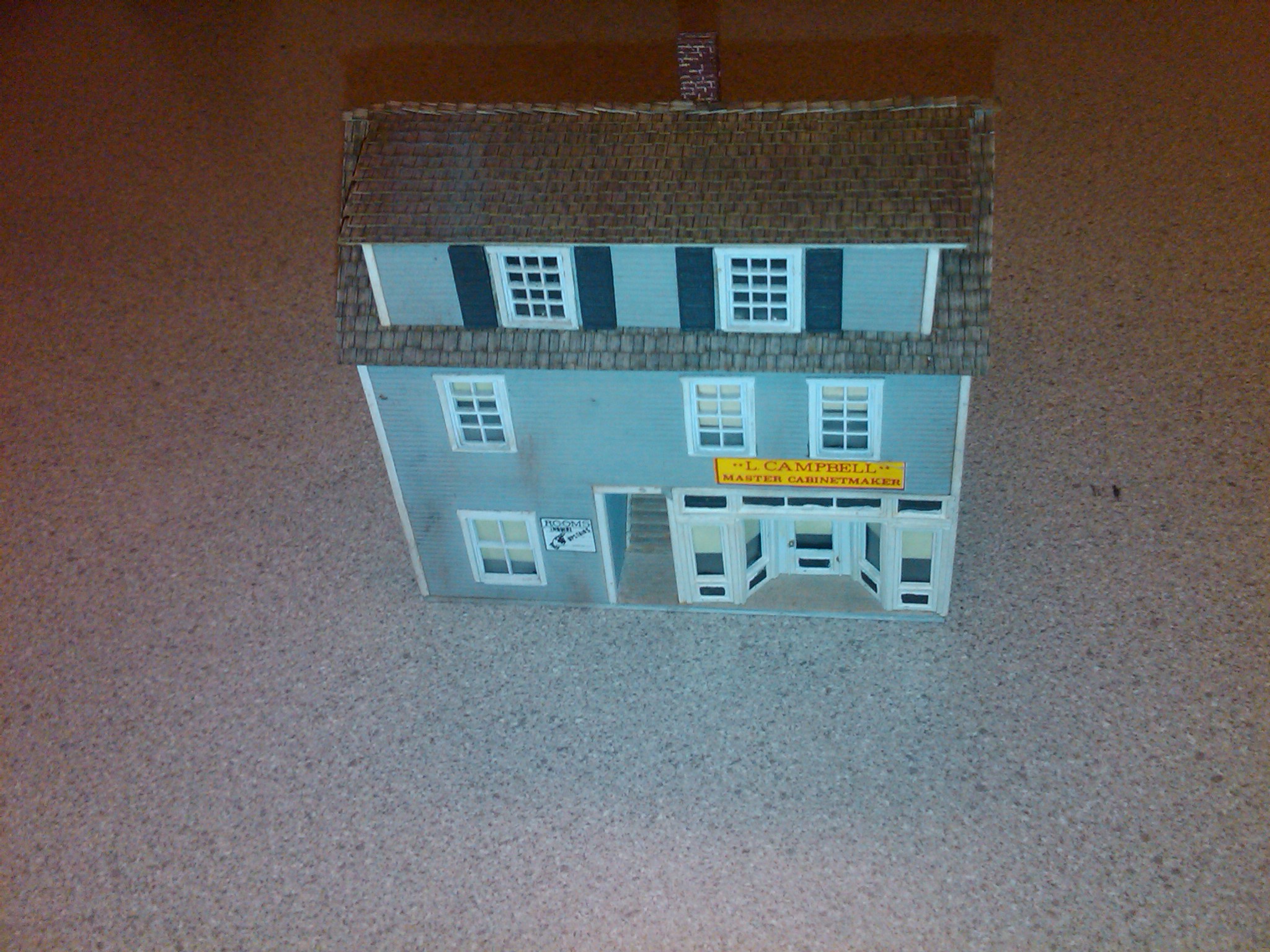
MMR Gene Swanson opened the clinic by welcoming all. There were no newcomers present under the 46 attendees. Walt Houston reported that the Convention in Lynnwood was a great success and a number of our clinic attendees received awards and ribbons for their efforts.
Walt Houston was the recipient of the Golden Grab Iron Award and Ed Liesse and his wife gathered the Couple of the Year award.
Dave Faucett who won a few awards spoke briefly about why to be a member of the NMRA and what you get out of it. He met a number of people that were involved in the many different aspects of the Hobby and would otherwise not have known.
George Bourcier from Tacoma Trains presented “What’s new at the Hobby shop” which included new books, decals, hoppers, tank cars, and motive power. He also had several boxes of rolling stock from an Estate sale, they will be available in his store for any body to look at and purchase. Herb Buhl presented the Bring and Brag (Model of the month) which included several Diesel locomotives a boxcar, an engine facility, a G scale Ozark Miniatures logging disconnect, and a Builders in Scale water front structures building housing a law office and several businesses on the ground floor with rooms to rent on the upper floors. Dave Faucett won the model of the month with his Builders in Scale structure.
The clinic for the month was presented by Dale Kraus and was called Update on DCC. Dale demonstrated on how to set up locomotives with sound so that the engine would start and spool up prior to the locomotive moving. This was done by setting CV2 and CV3 with a high number and then using the consecutive thirds principle to get the correct setting. His next demonstration was on how to install a decoder in an older style Athearn. He cautioned that prior to closing up place the locomotive on a programming track to insure that there are no shorts or other problems and always use a programming track to check out your locomotives prior to use and changing the address.
Next month clinic will be at a different location due to the fact that November 11th is Veterans Day and the Library building is closed. The location for next month clinic is at the “Church for All Nations” at 111 112th Street at 7:30 PM. Park near the main entrance and the clinic is on the 2nd floor.
The clinic for next month is a Power Point presentation by Al Babinsky on the Miniature Wunderland in Hamburg, Germany, a fascinating display of automation and operation. Hope to see you there and bring friends and enjoy a great evening.
